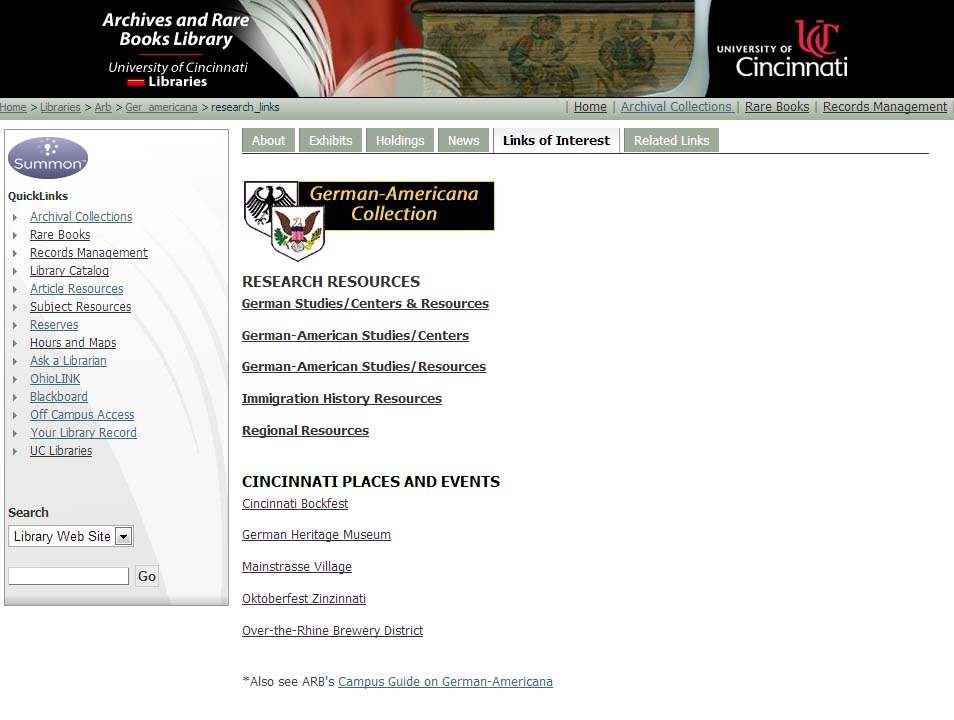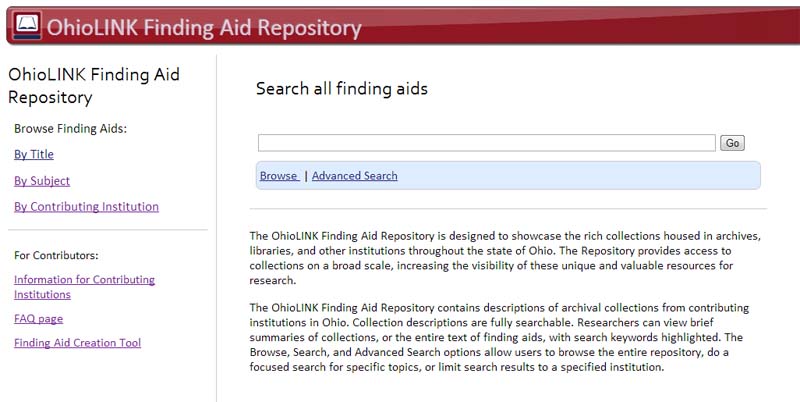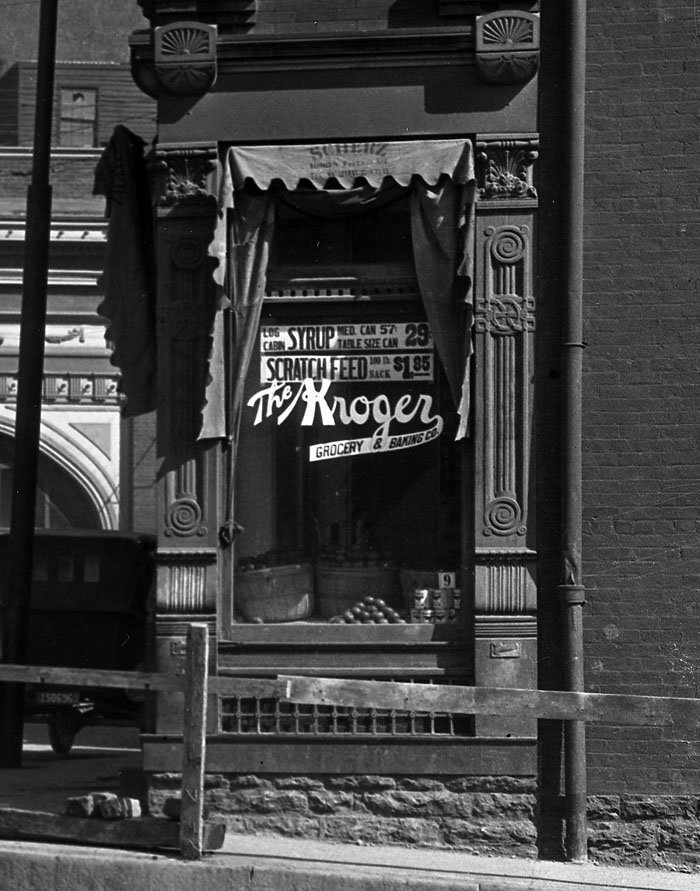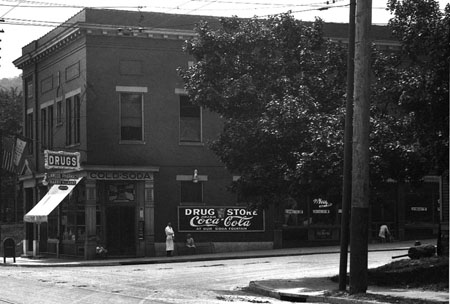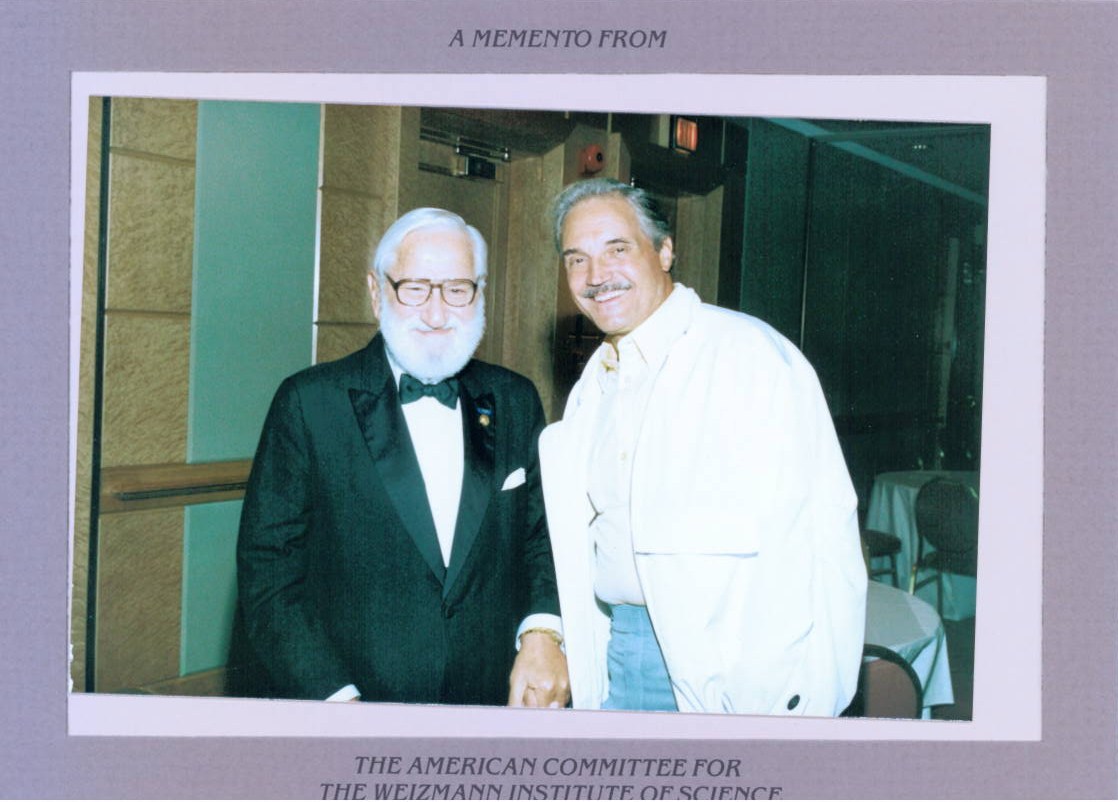By: Suzanne Maggard
The Archives and Rare Books Library has added some new links on our website for Cincinnati German-American places and events. Have you seen the Sausage Queen at Bockfest? Have you danced the Chicken Dance at Oktoberfest? If not, learn more about these German-influenced events in the Cincinnati area. We’ve also updated other links on ARB’s website for research resources, exhibits, and websites related to our collections. Take a look and see if there is anything that interests you. For more information, contact the Archives and Rare Books Library staff directly at 513.556.1959 or archives@ucmail.uc.edu

